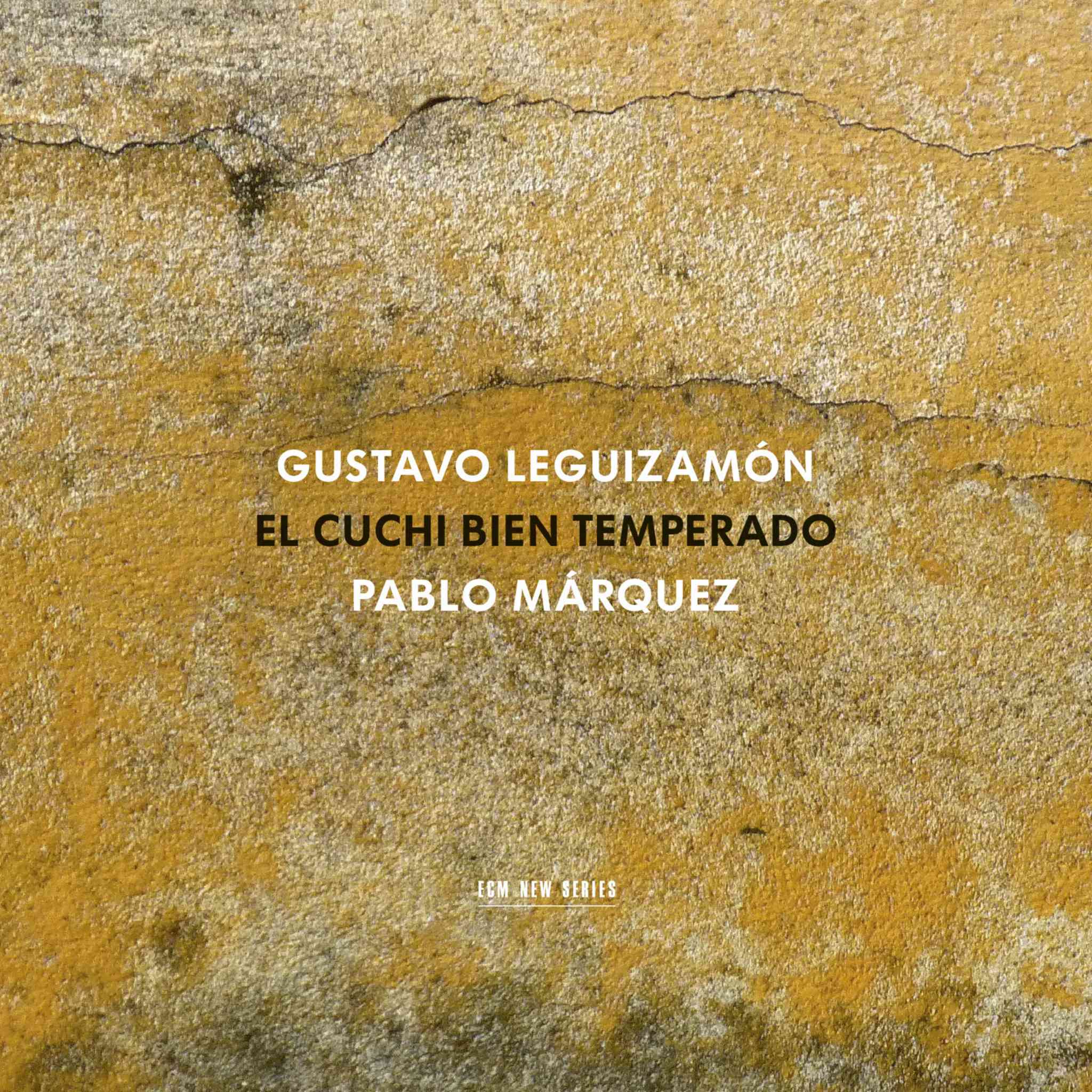
収録時間47分
デルフィンガッキョクシュウ/パブ
パブロ・マルケス
収録時間47分
ルイス・デ・ナルバエス
Los seys libros del Delphin, Book 1
ルイス・デ・ナルバエス
Los seys libros del Delphin, Book 3
ルイス・デ・ナルバエス
Los seys libros del Delphin, Book 2
ルイス・デ・ナルバエス
Los seys libros del Delphin, Book 1
ルイス・デ・ナルバエス
Los seys libros del Delphin, Book 6
ルイス・デ・ナルバエス
Los seys libros del Delphin, Book 1
ルイス・デ・ナルバエス
Los seys libros del Delphin, Book 2
ルイス・デ・ナルバエス
Los seys libros del Delphin, Book 6
ルイス・デ・ナルバエス
Los seys libros del Delphin, Book 1
ルイス・デ・ナルバエス
Los seys libros del Delphin, Book 4
ルイス・デ・ナルバエス
Los seys libros del Delphin, Book 1
ルイス・デ・ナルバエス
Los seys libros del Delphin, Book 3
ルイス・デ・ナルバエス
Los seys libros del Delphin, Book 1
ルイス・デ・ナルバエス
Los seys libros del Delphin, Book 3
ルイス・デ・ナルバエス
Los seys libros del Delphin, Book 1
ルイス・デ・ナルバエス
Los seys libros del Delphin, Book 2
ルイス・デ・ナルバエス


